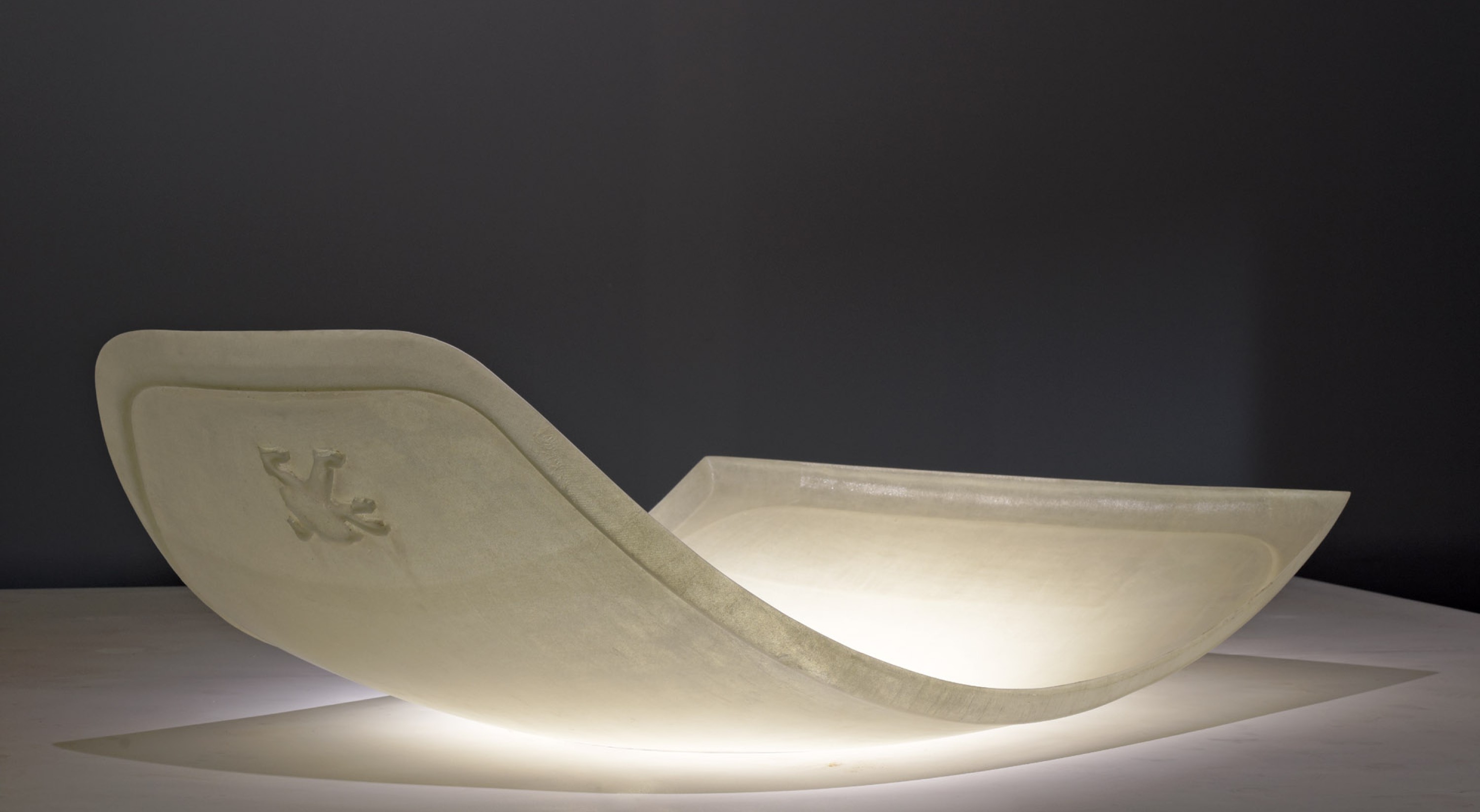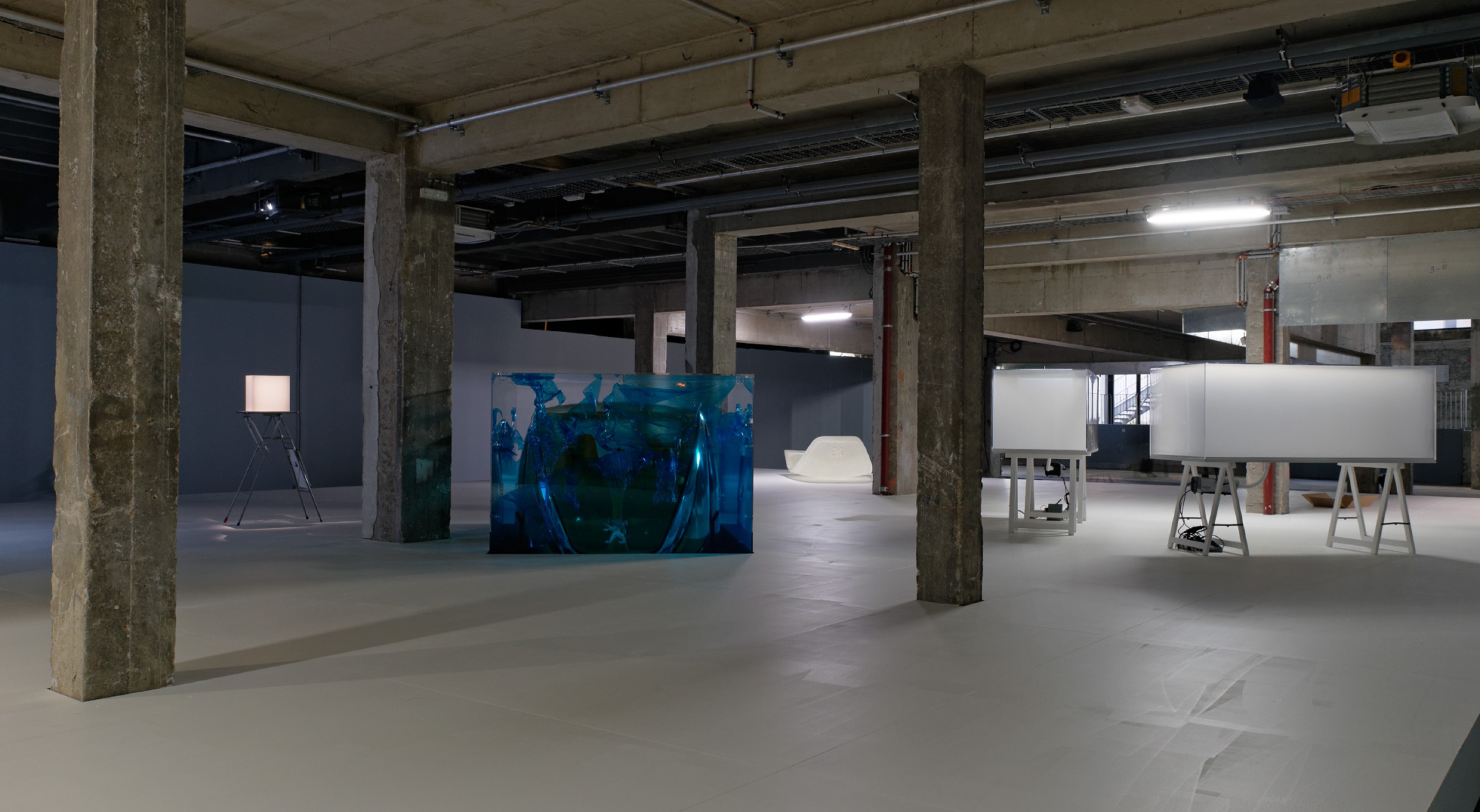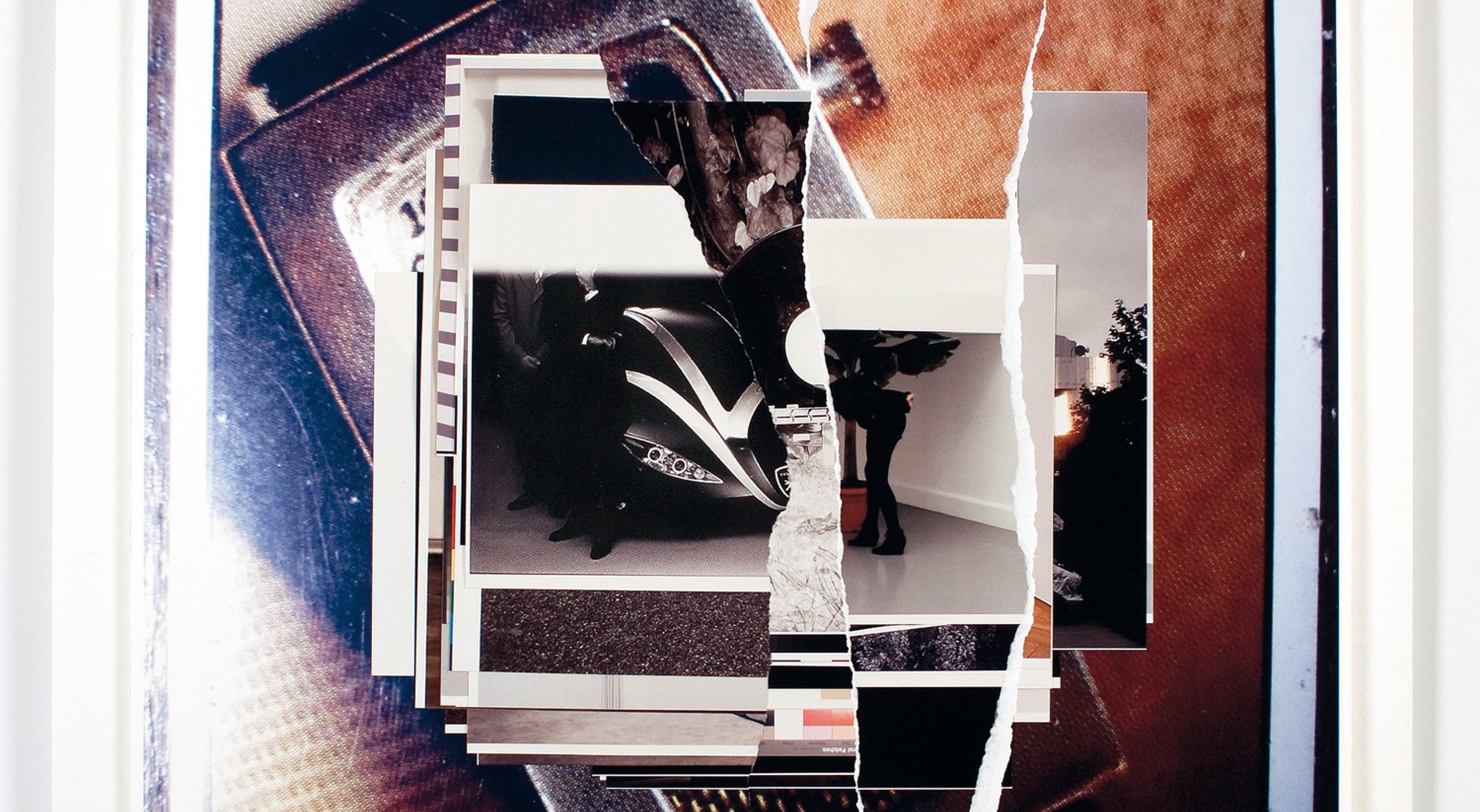David Maljković
In Low Resolution
Coproduction with Palais de Tokyo; Festival d’Automne à Paris
With the support of Sprüth Magers, Massimo Minini, Metro Pictures, Annet Gelink, Georg Kargl, T293 (Rome) galleries and the Hrvatska Kuća / Croatia House Foundation
For several years now, David Maljković, born in 1973 in Rijeka (Croatia), has been undertaking critical research into Modernism, with particular interest in the architectural symbols and sculptural forms of socialist Yugoslavia. He looks at these shapes in terms of their relationship with the present but also with their potential - real or fictional - for development in an imminent or distant future.
As part of the Festival d’Automne à Paris, he is set to take over an entire floor of the Palais de Tokyo with a presentation format that he has devised, and which will be home to pre-existing works of his as well as new ones. The installation is going to be truly “site-specific”, in that it will take into account the space in which it is situated, as well as the presence of the spectator. This artistic proposition is the follow-up to a body of exhibitions in Vienna, Eindhoven and Bergamo, during which David Maljković cast a critical eye over the nature of the exhibition itself, and developed display formats which enabled constantly renewed narrative strands to be offered up with each exhibition.
Part of the exhibition will be a reference to the Out of Projection (2009) work that was presented at the Palais de Tokyo in 2012 during La Triennale. Here, David Maljković takes as his subject the memory or memories that we may have of futuristic propositions made in the past, by projecting ourselves into a space situated at the crossroads between science fiction and documentary film. During the film, made at the Peugeot head-office in Sochaux, prototypes of cars accompanied by now-retired, former employees unfurl before us, serving as symbolic links between past and future. At the Palais de Tokyo, the artist will once again turn his attention to this meeting with witnesses to a recent past, and to the status of these prototypes. The objective is to give us an insight into our complex relationship with past forms, and with time and space.



